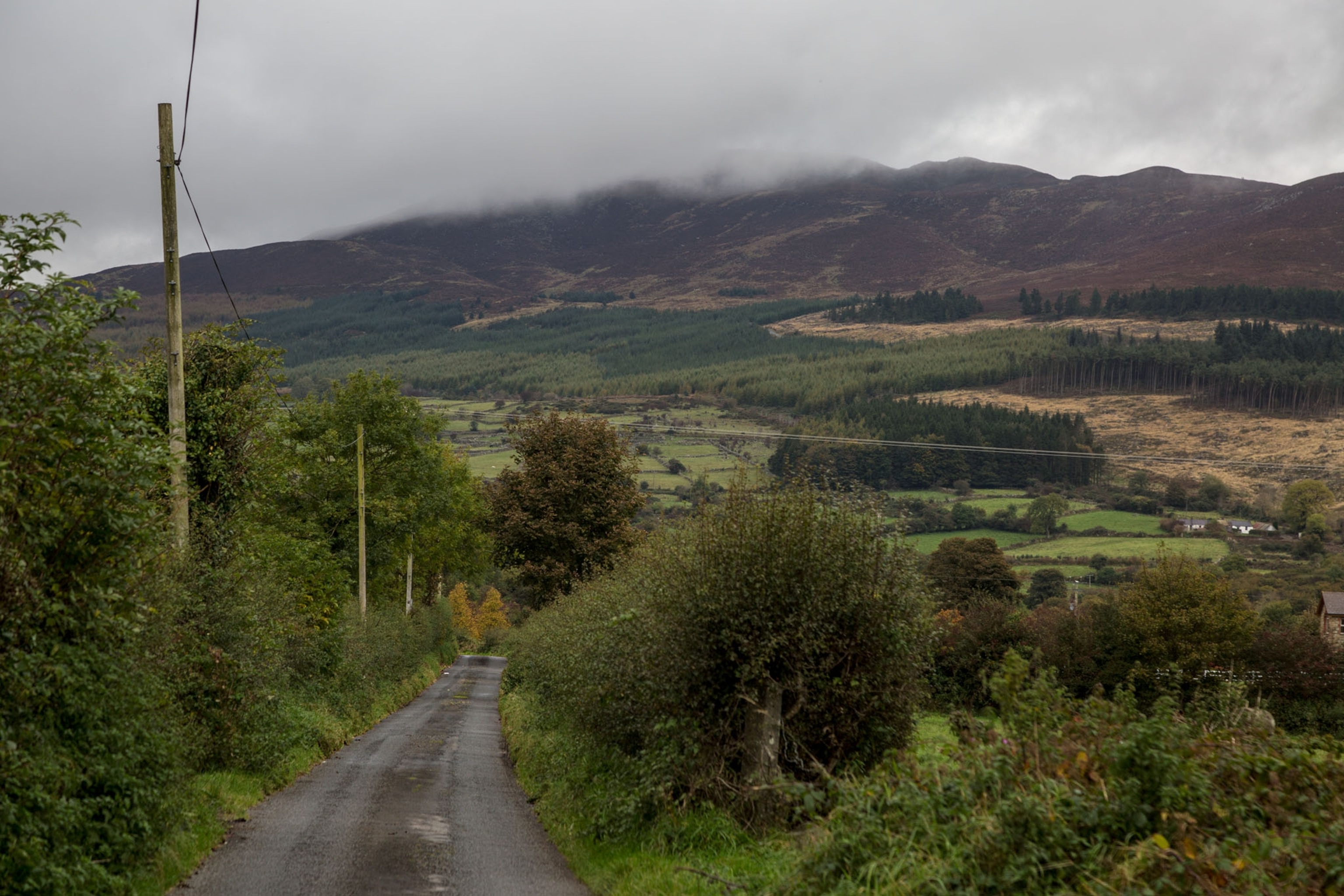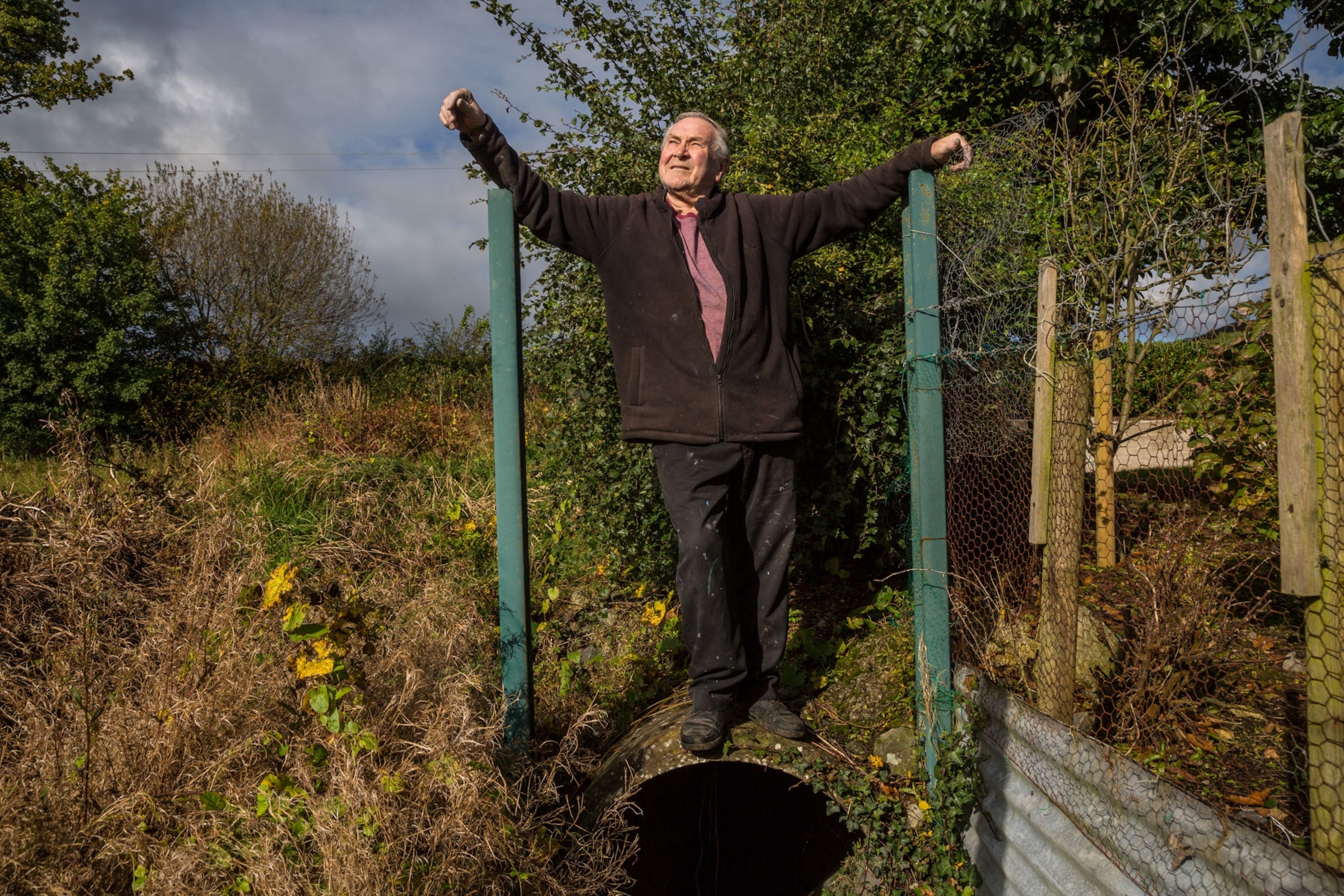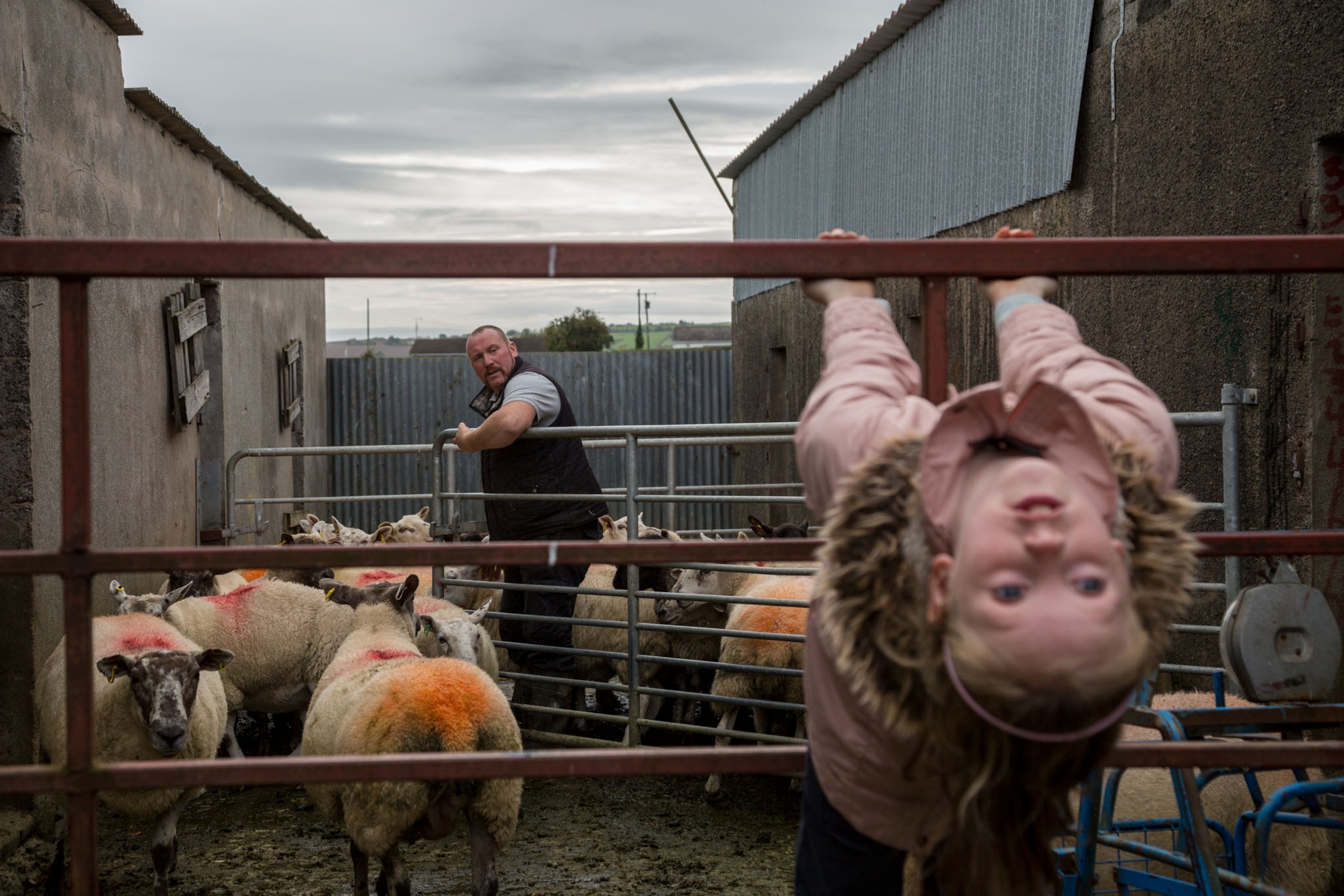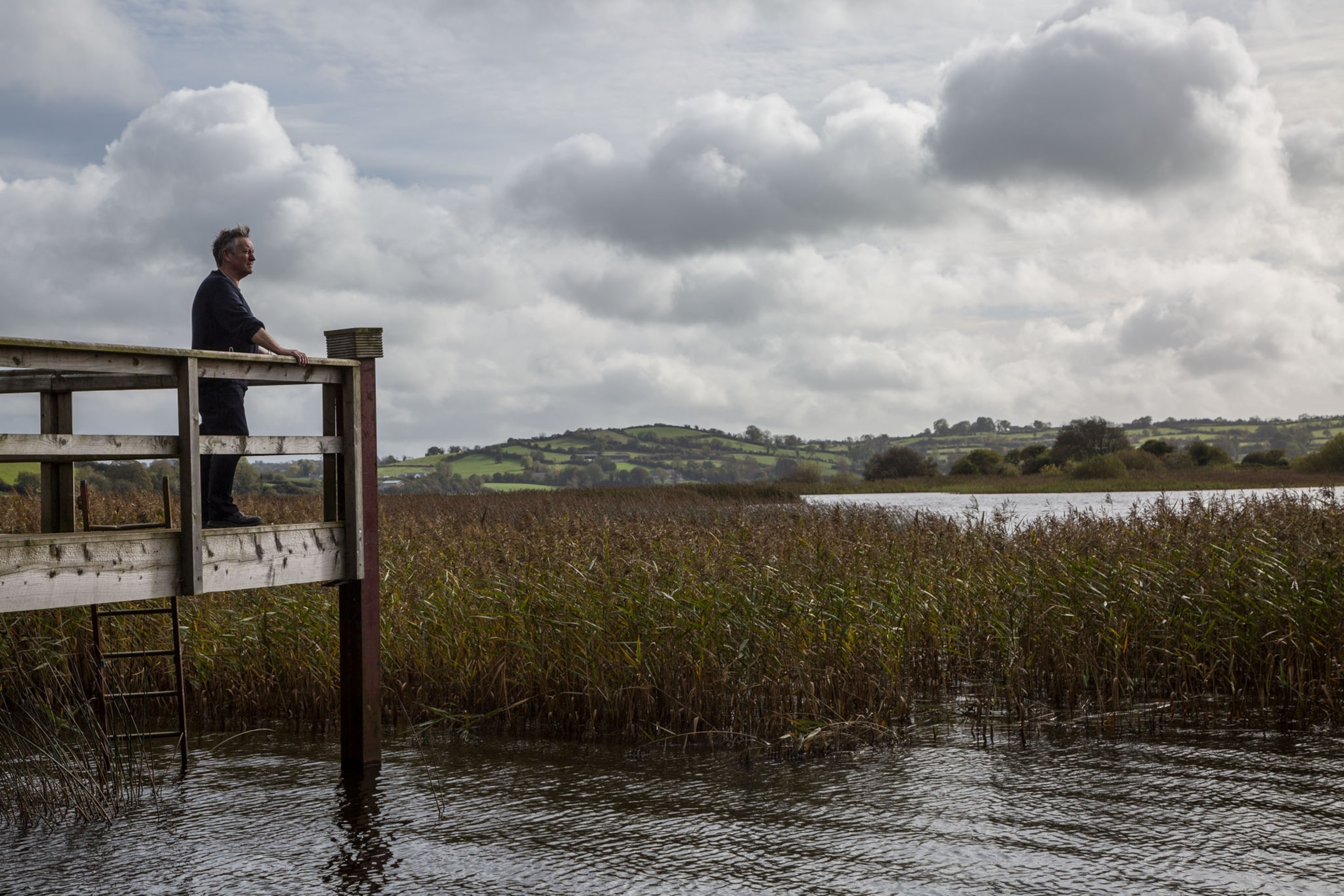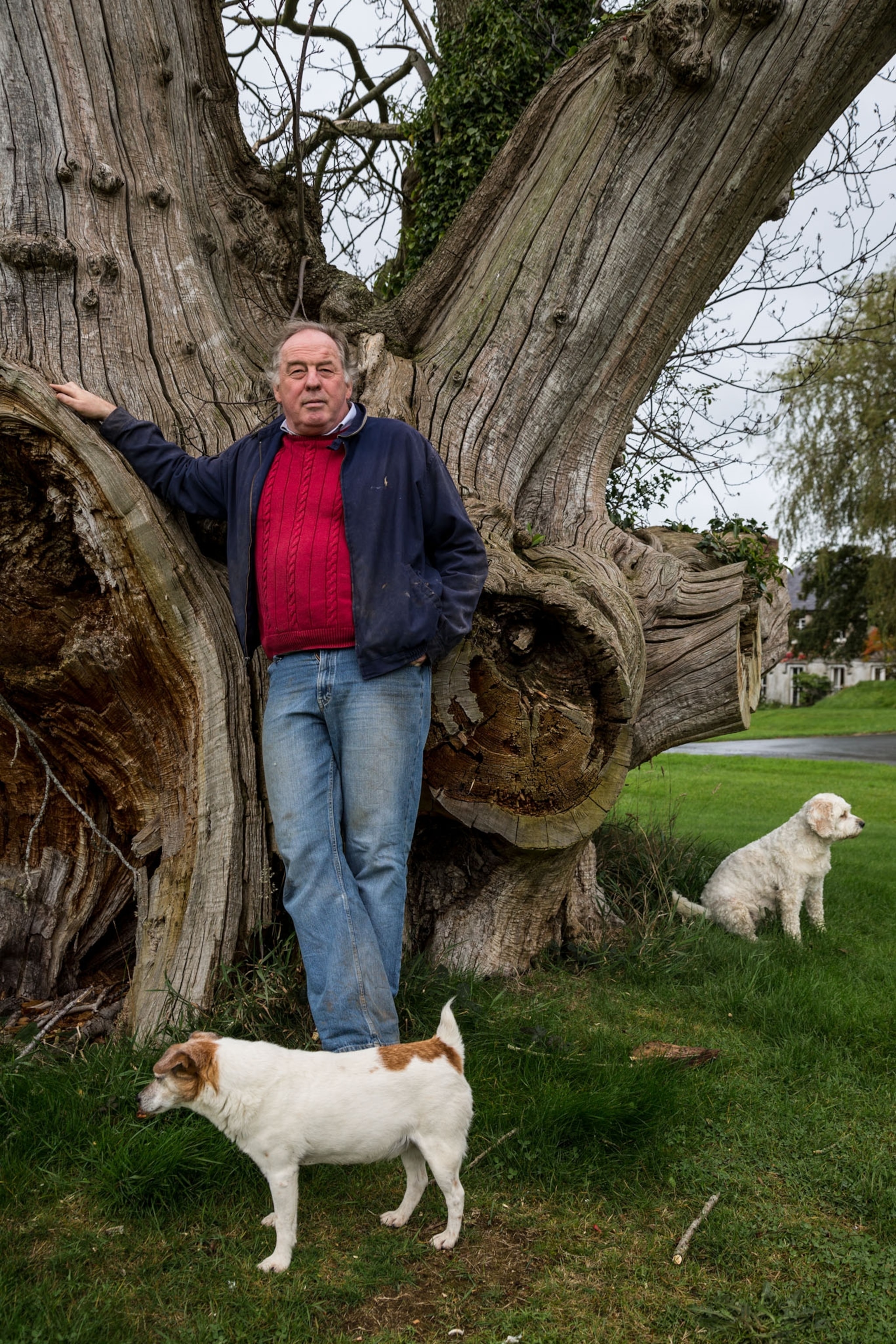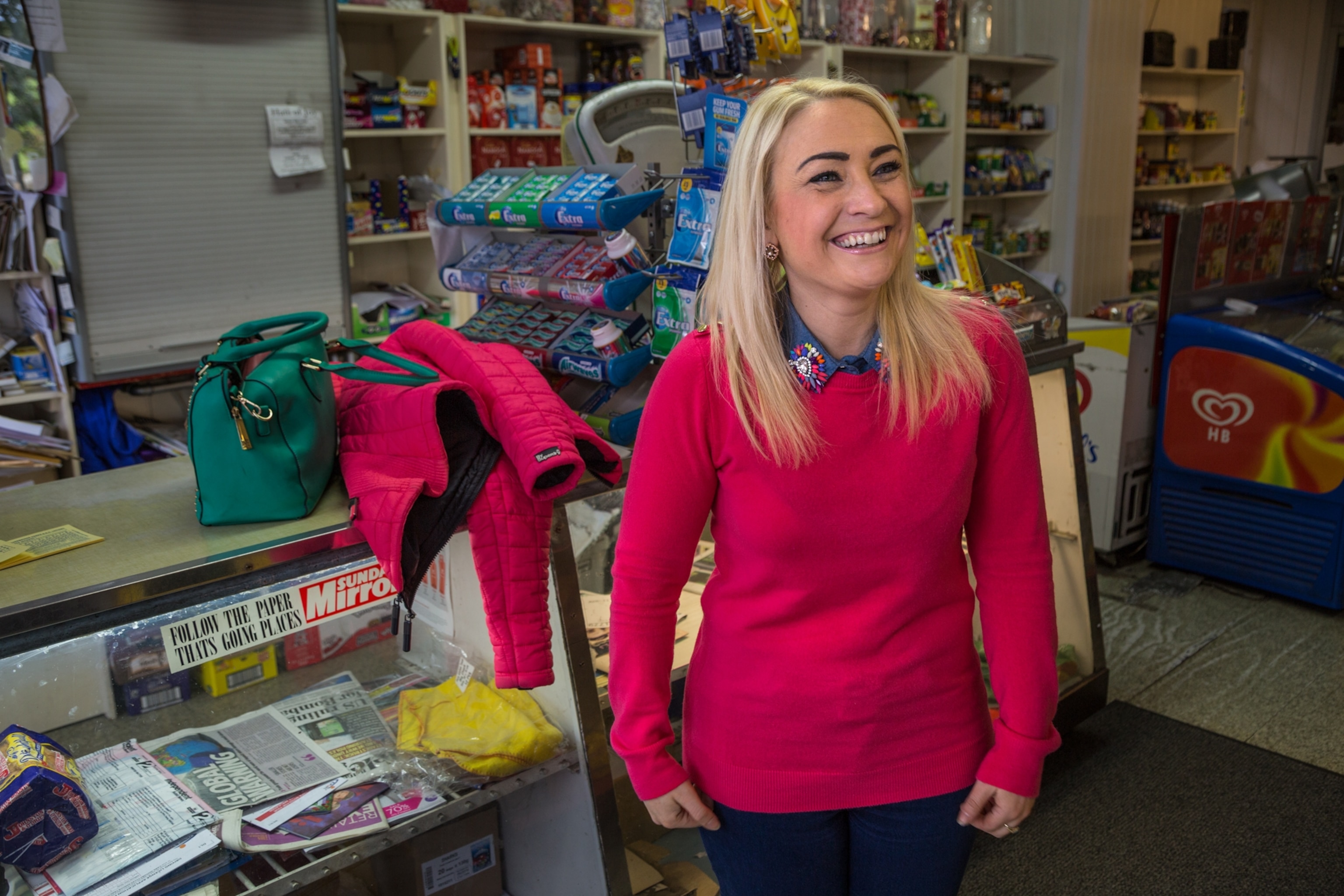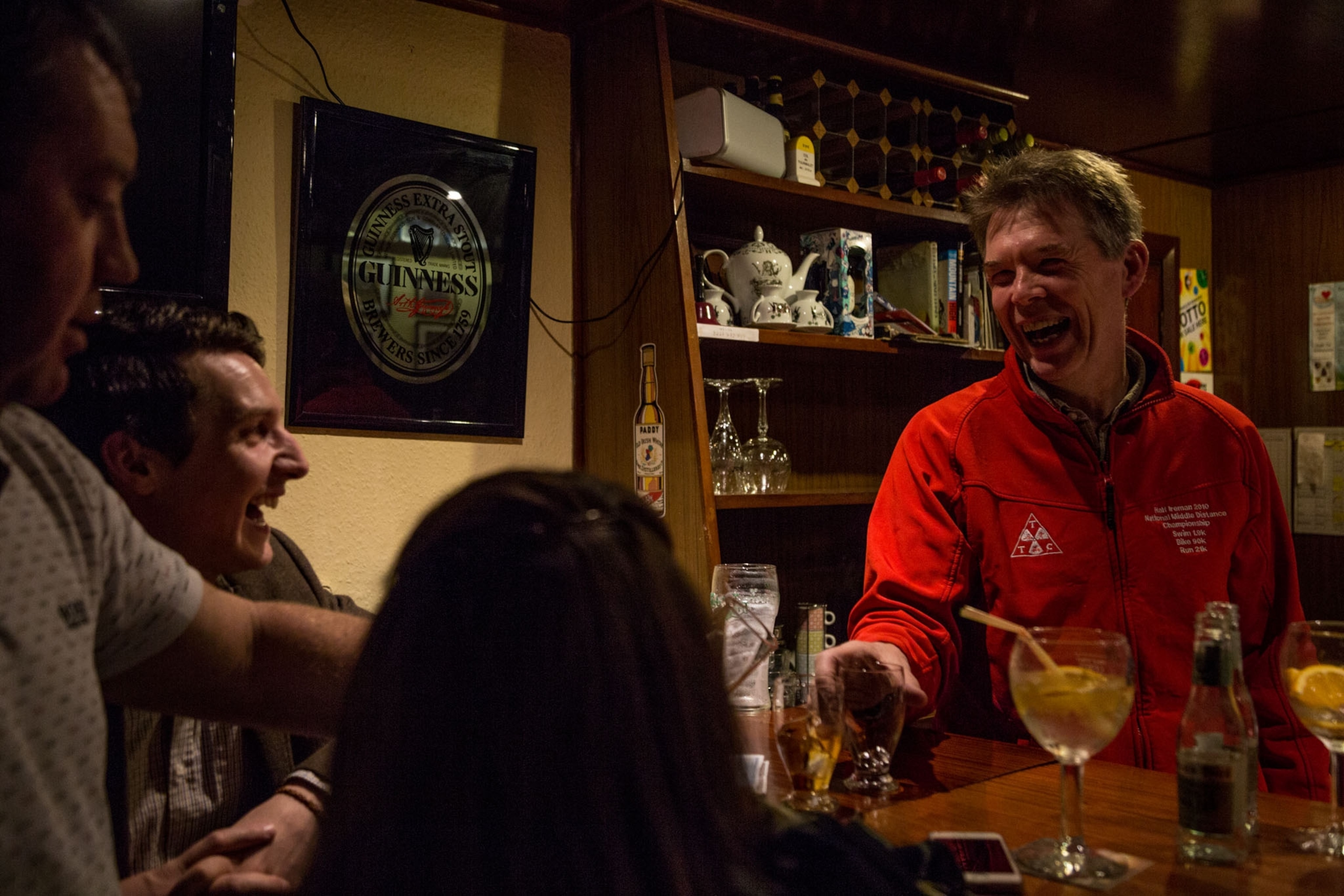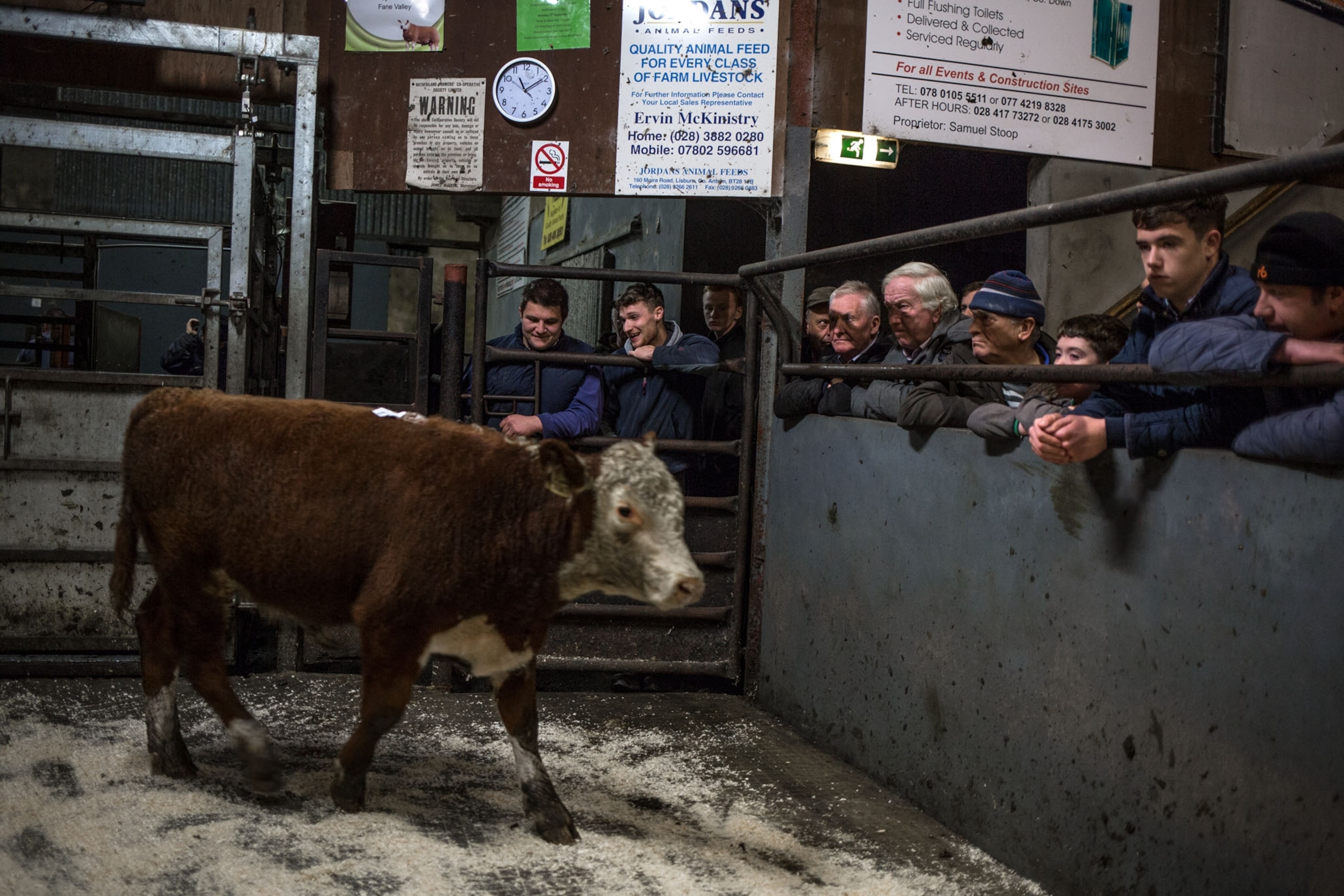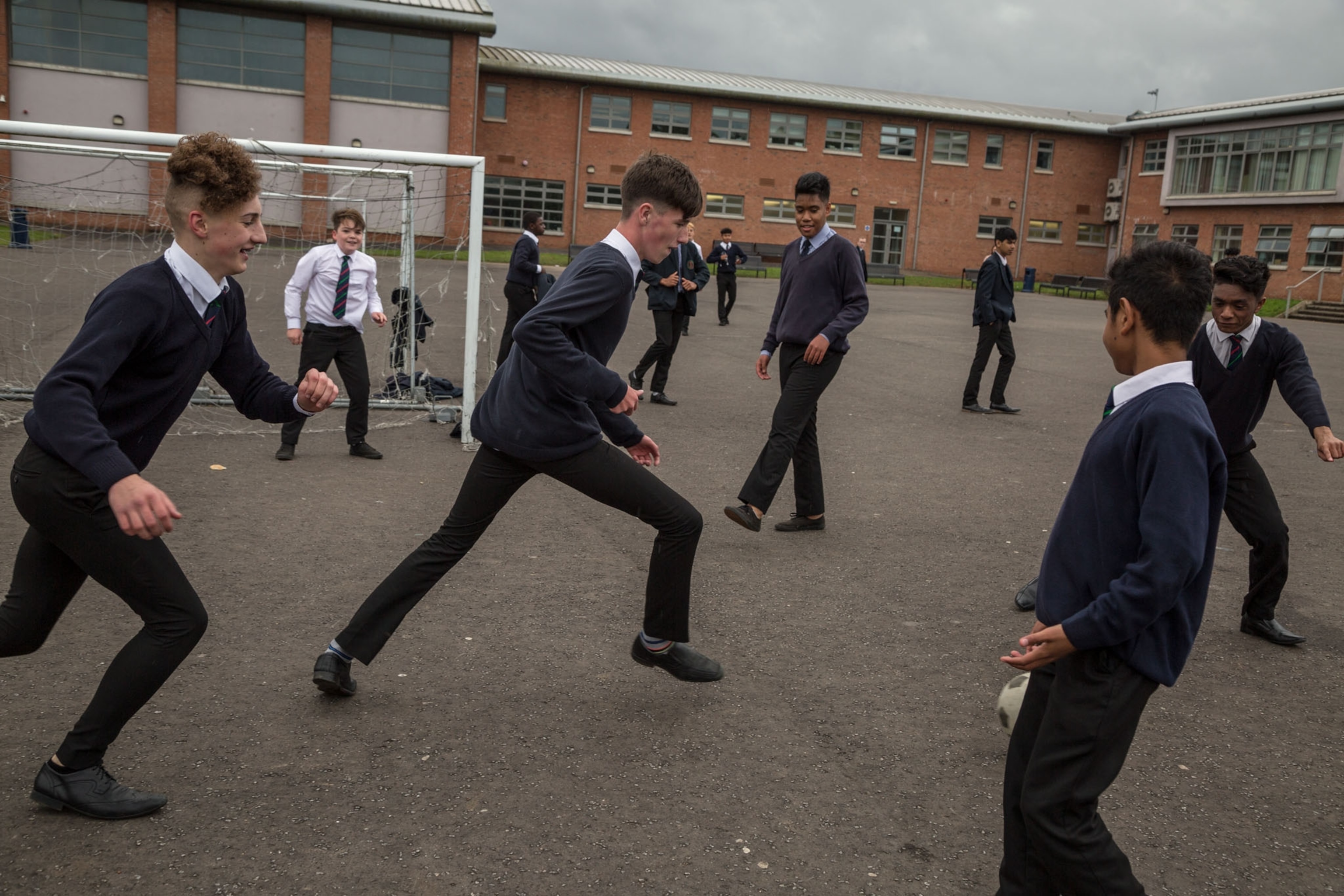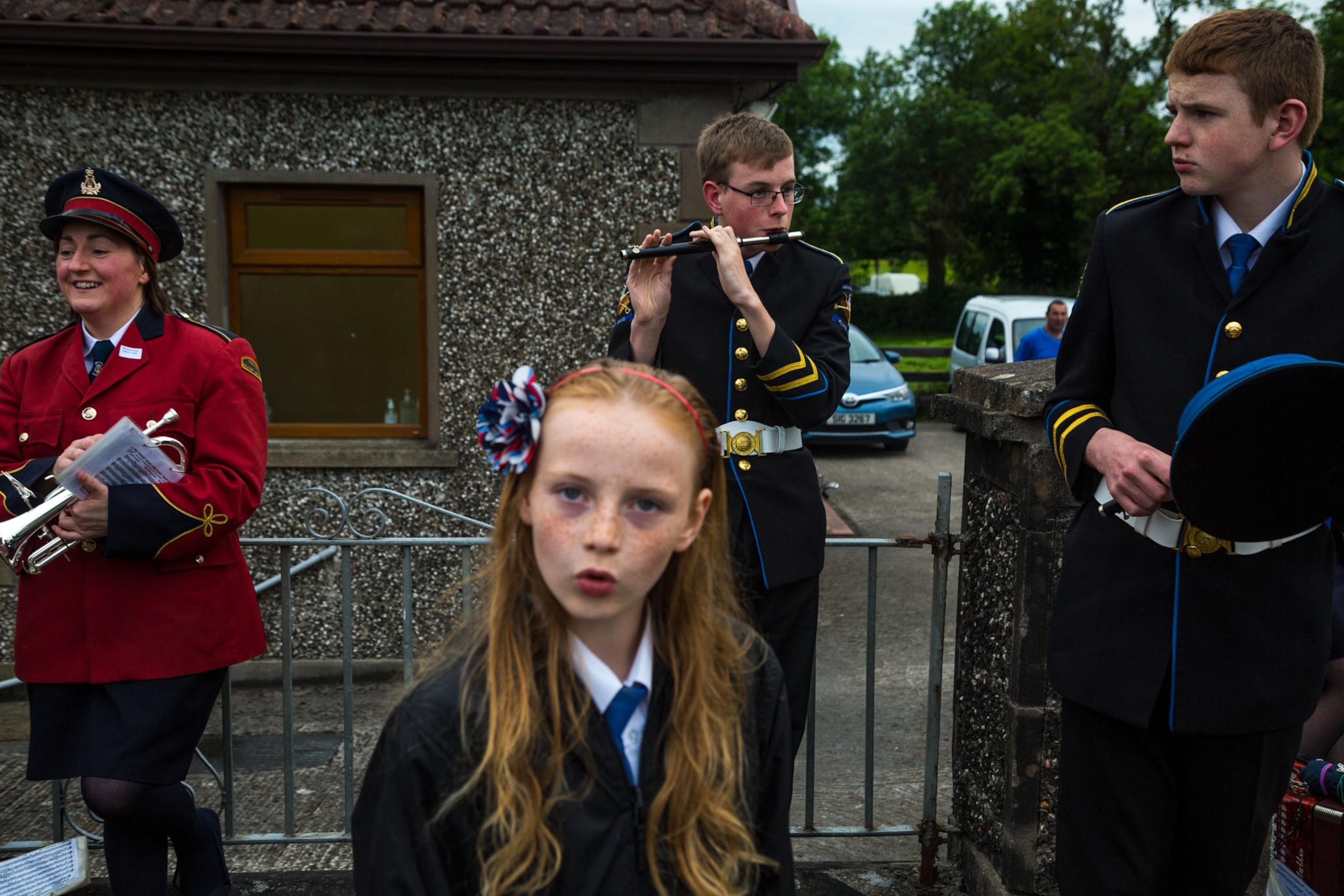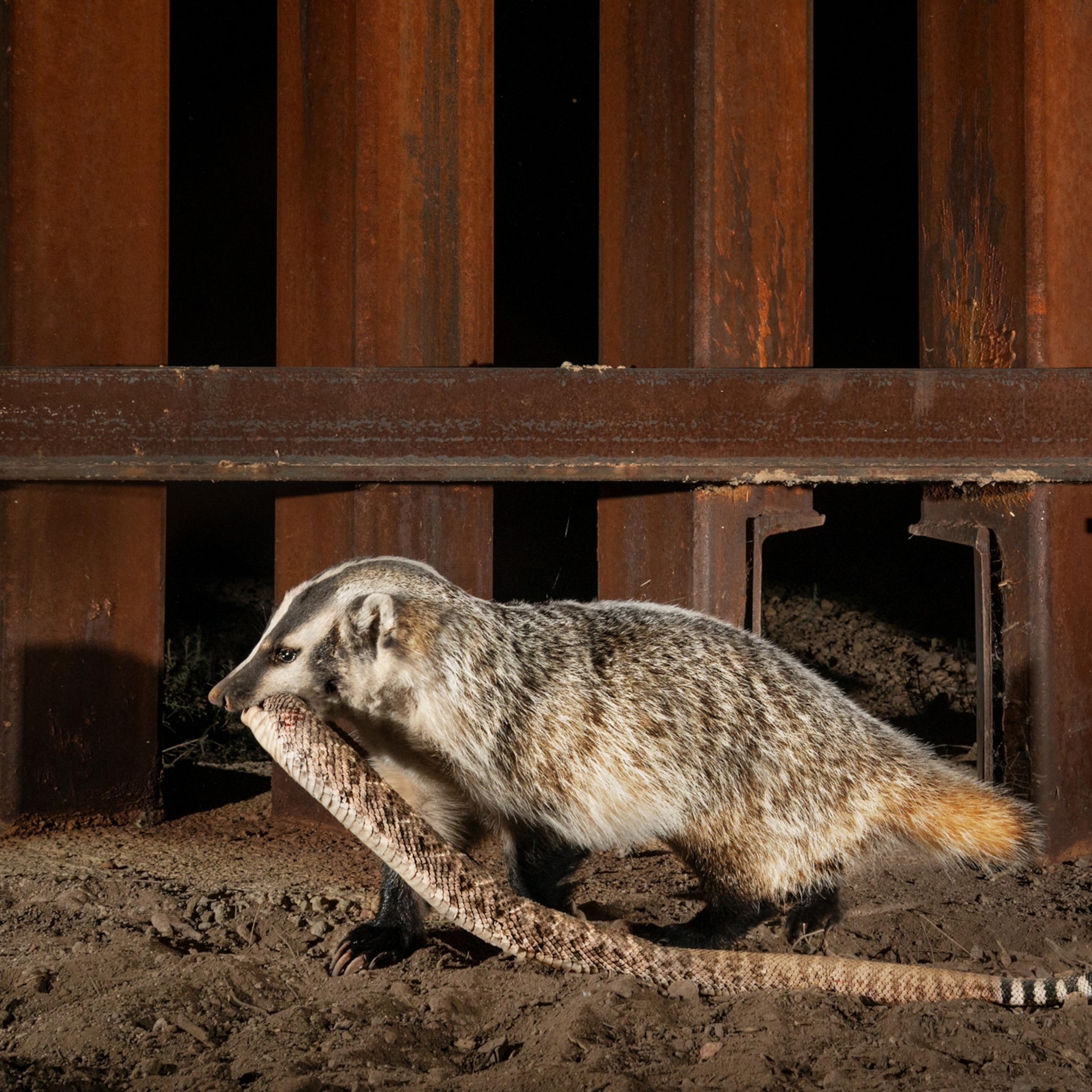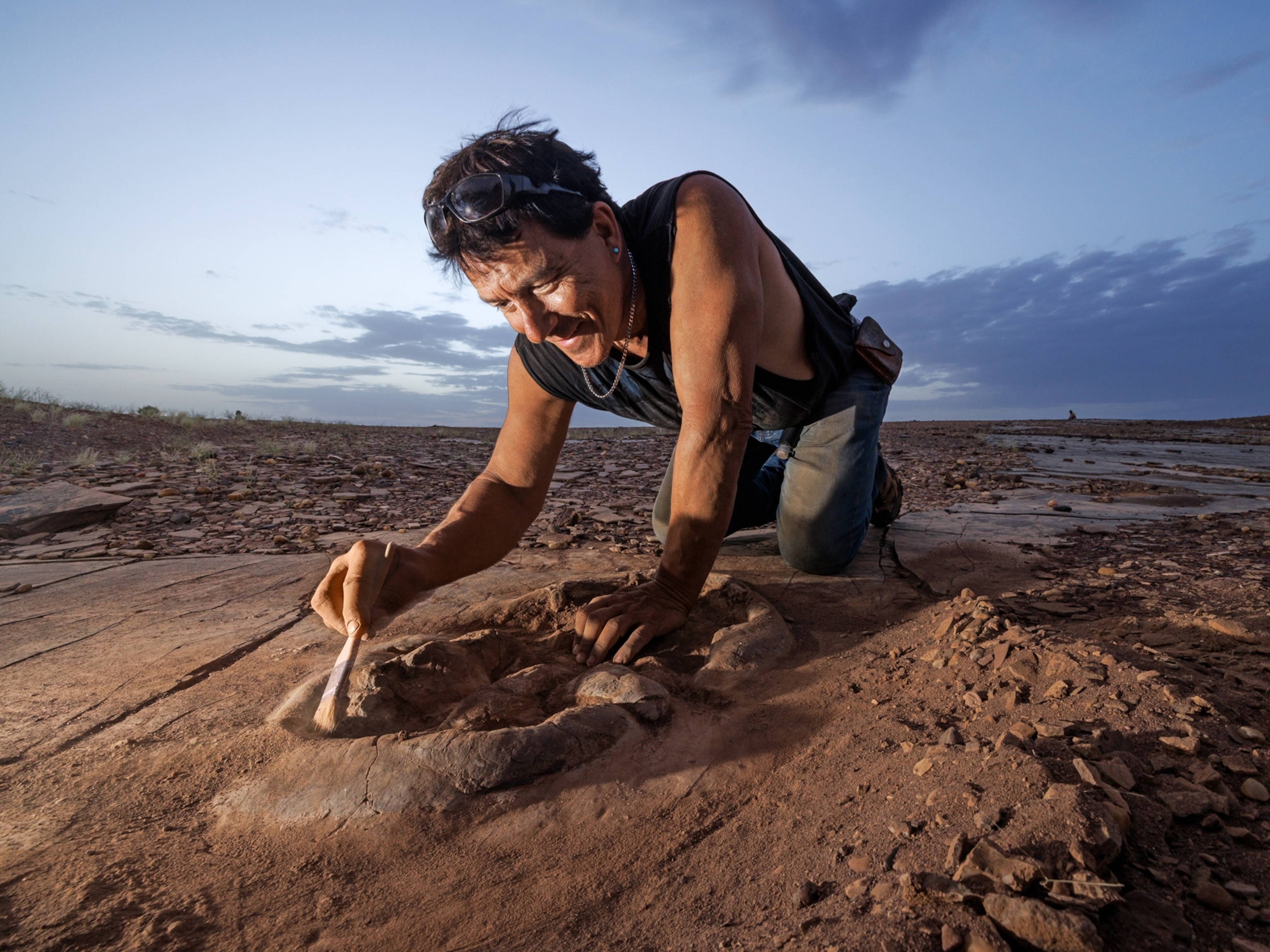The European Union has decided to continue negotiations with the United Kingdom over its departure. Many hurdles remain before Brexit’s final implementation, and few are more vexing than what to do about the border between the U.K. province of Northern Ireland and the Republic of Ireland. In Brussels last week, the European Union agreed that the U.K. has reached “sufficient progress” on key areas of negotiation, including the border. But many questions remain. On the ground in Northern Ireland, there is great unease about what the Brexit decision means for this still divided part of the United Kingdom.
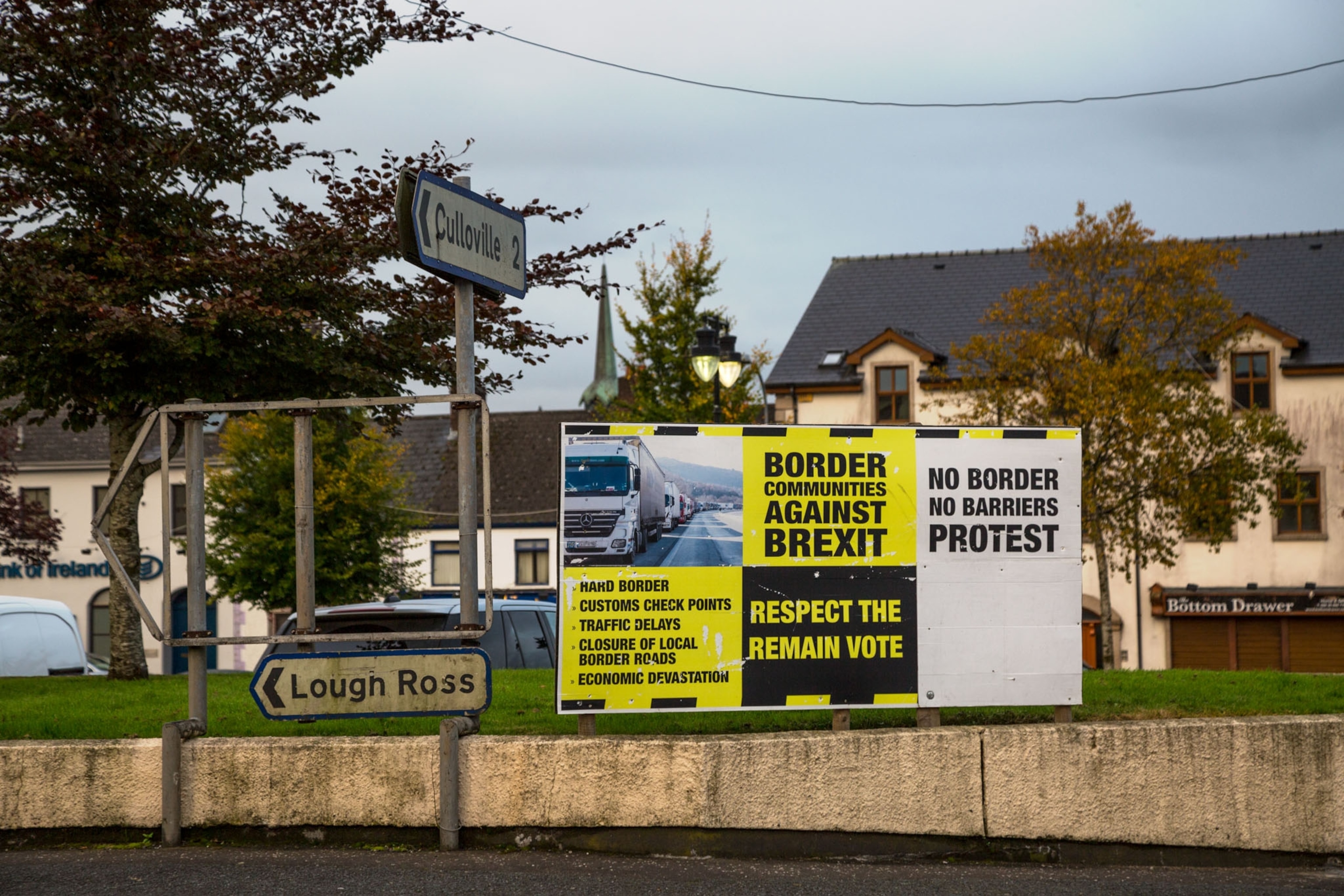
Beyond the toolshed lined with scythes and harnesses and just before the landscape melts into a brilliant expanse of green, a slow-moving stream runs along Mickey Flynn’s property. It marks a wee bit of the border, as Flynn puts it, and like the rest of the 300-odd miles dividing Northern Ireland and the Republic of Ireland, it’s free of barriers or controls. Outside Flynn’s front gate, cars gun it up the hill, leaving the village of Forkhill in a fog of dust as they head south over the border. With two currencies in their pockets, the people of the borderlands commute to jobs, dance at clubs, visit family graves; in short, they live their lives on both sides of the border.
For a country long defined by violence, this normalcy is rightfully prized. During the dark days known as the Troubles, Northern Ireland was convulsed in a guerrilla war of ambushes, kidnappings, revenge killings, and bombings. On one side was the Irish Republican Army (IRA), fighting for a united Ireland and an end to British rule, and on the other, the British Army and its allies in law enforcement deployed to keep the peace, as well as loyalist paramilitary groups battling the IRA. Crossing the border meant a gantlet of soldiers and customs officers, strip searches, and long delays.
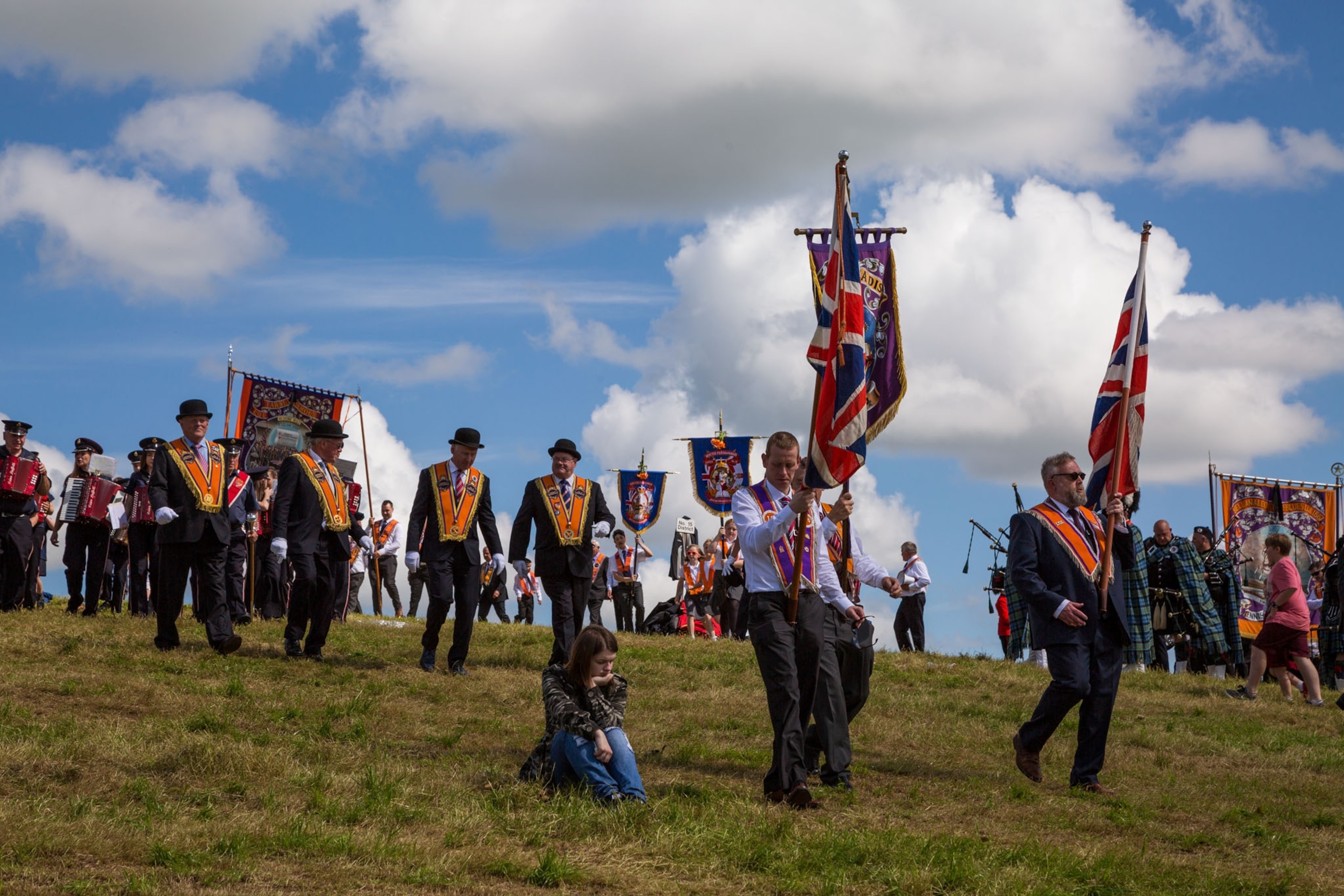
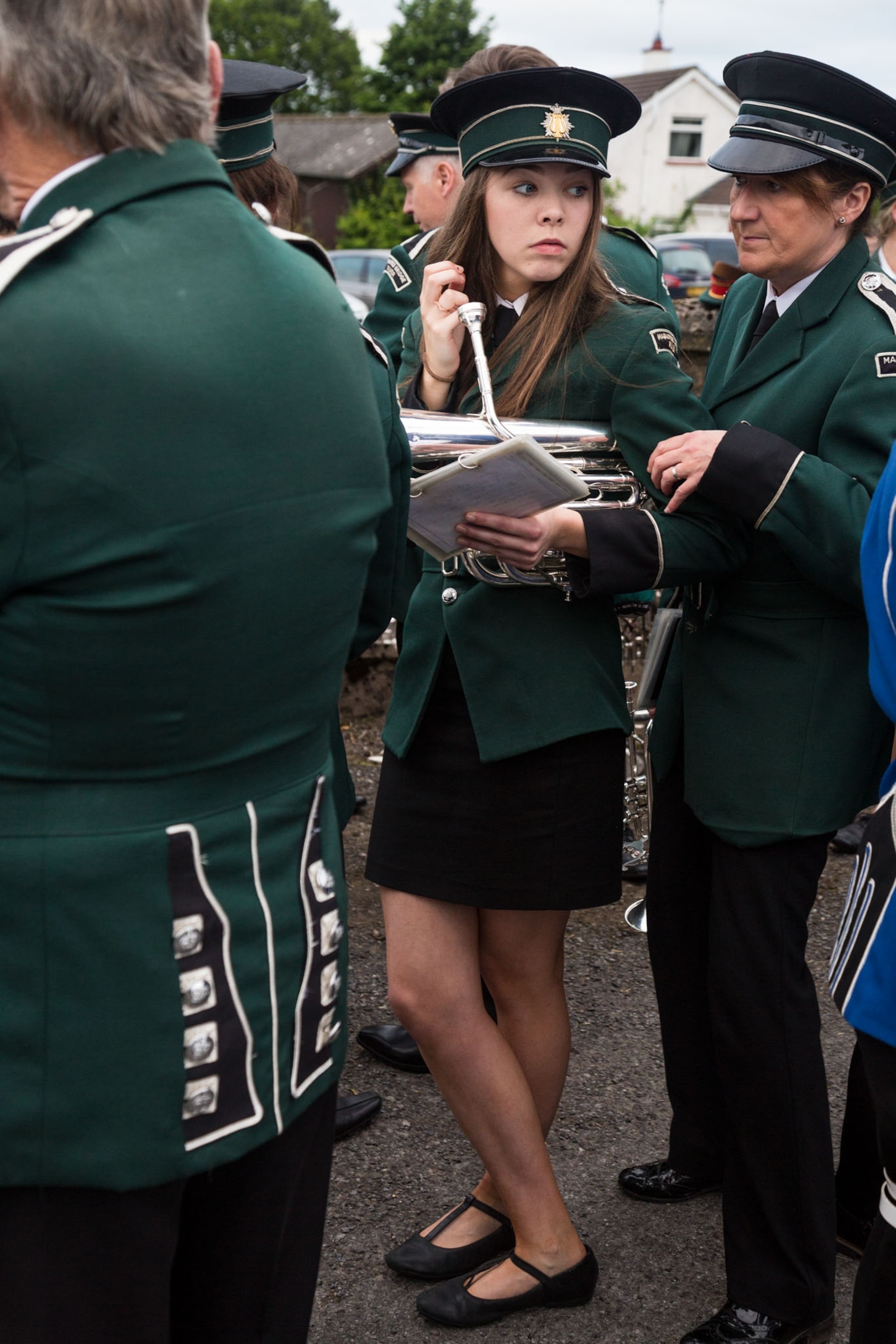
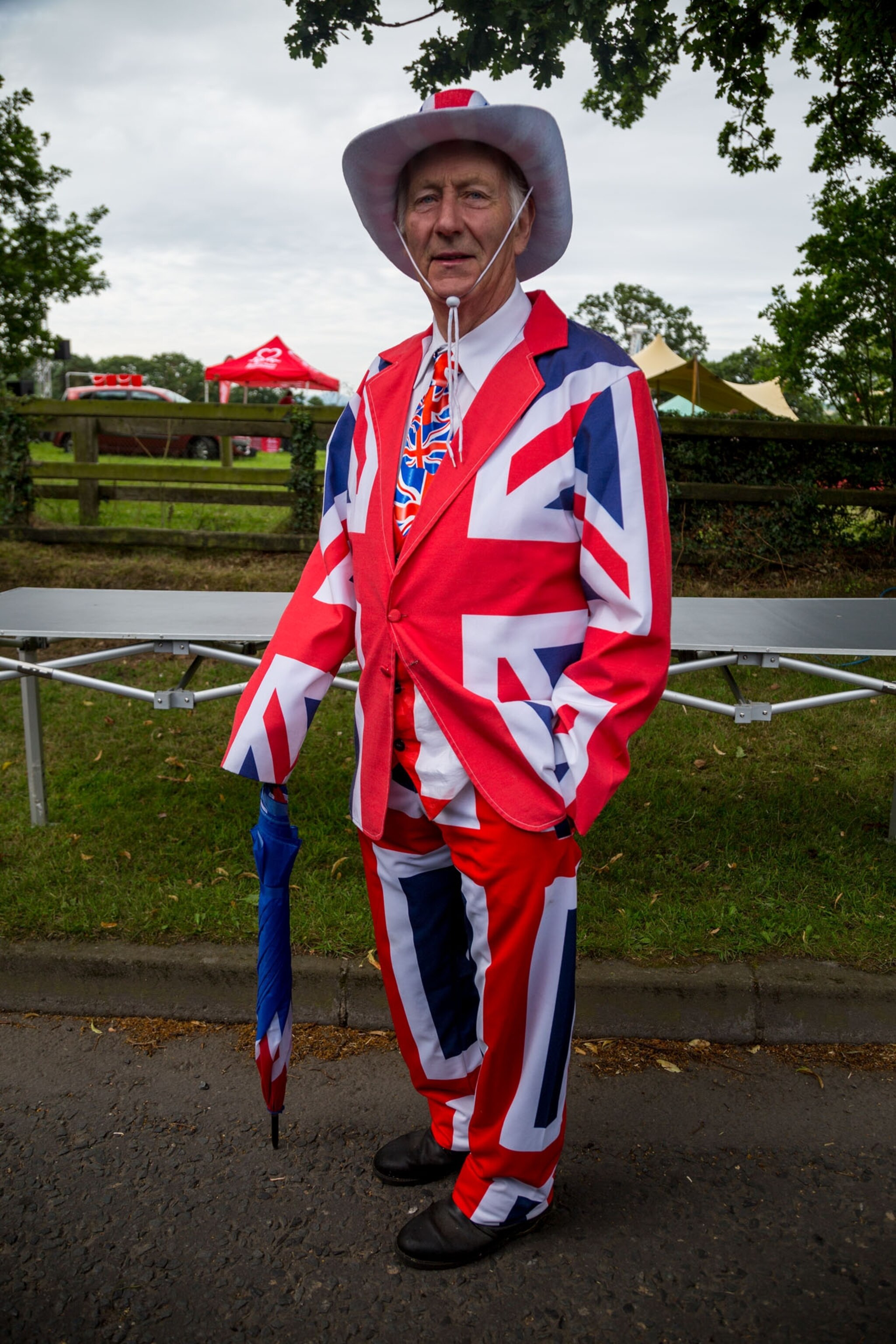
Flynn, a 72-year-old retired plasterer, recalls how his family was thrust unwillingly into the fray. An explosion set by the IRA near his house blew up two British soldiers and nearly got him as well. Another time, an IRA gunman entered his family’s house without warning and began shooting at British soldiers from the second-floor landing. As Flynn’s brother Patsy lay in bed, shells from the IRA militant’s gun were “bouncing in around him.” His father was in the garden, digging for potatoes, oblivious to the commotion. Later, the police knocked on the door and talked to his father. “Two of the head boys came up,” the younger Flynn explains. “They said, ‘Mr. Flynn, that was a marksman firing at the IRA. You are a lucky man to be alive.’ ‘’

During the Troubles “everyone on the border had these kinds of problems,” says Flynn. With 3,600 deaths attributed to the conflict, reminders of the carnage are painfully abundant. Just a few miles down the road from Forkhill at the Three Steps Inn in Dromintee, where Flynn enjoys a brandy from time to time, the undercover British soldier Robert Nairac was kidnapped and later killed. Nairac was trying to infiltrate the IRA. His body has never been found. Locals will tell you in a quiet voice that’s because the IRA put it through a meat grinder. Apocryphal or not, it’s at very least a cautionary tale about the savagery of those times. No wonder then that many borderlands people are reticent to talk about the past—at least not for publication with their names attached. In South Armagh, an area that was once an IRA stronghold nicknamed Bandit Country, and other border communities the see-nothing, say-nothing reflex dies hard. Experience teaches that while their world may now be safe, the guns are only buried, not gone.
Given this history, it’s not surprising that Britain’s decision to break with the European Union has been met with a wave of emotion, anger, and apprehension in the borderlands region. “We were horrified, just as a population living here,” says Damian McGenity, an organizer of Borderlands Against Brexit. Sixty-four percent of voters in counties next to the border wanted to remain in Europe; in Northern Ireland at large, it was 55.8 percent. Under Brexit, Northern Ireland will have the only land border between the United Kingdom and an EU country.
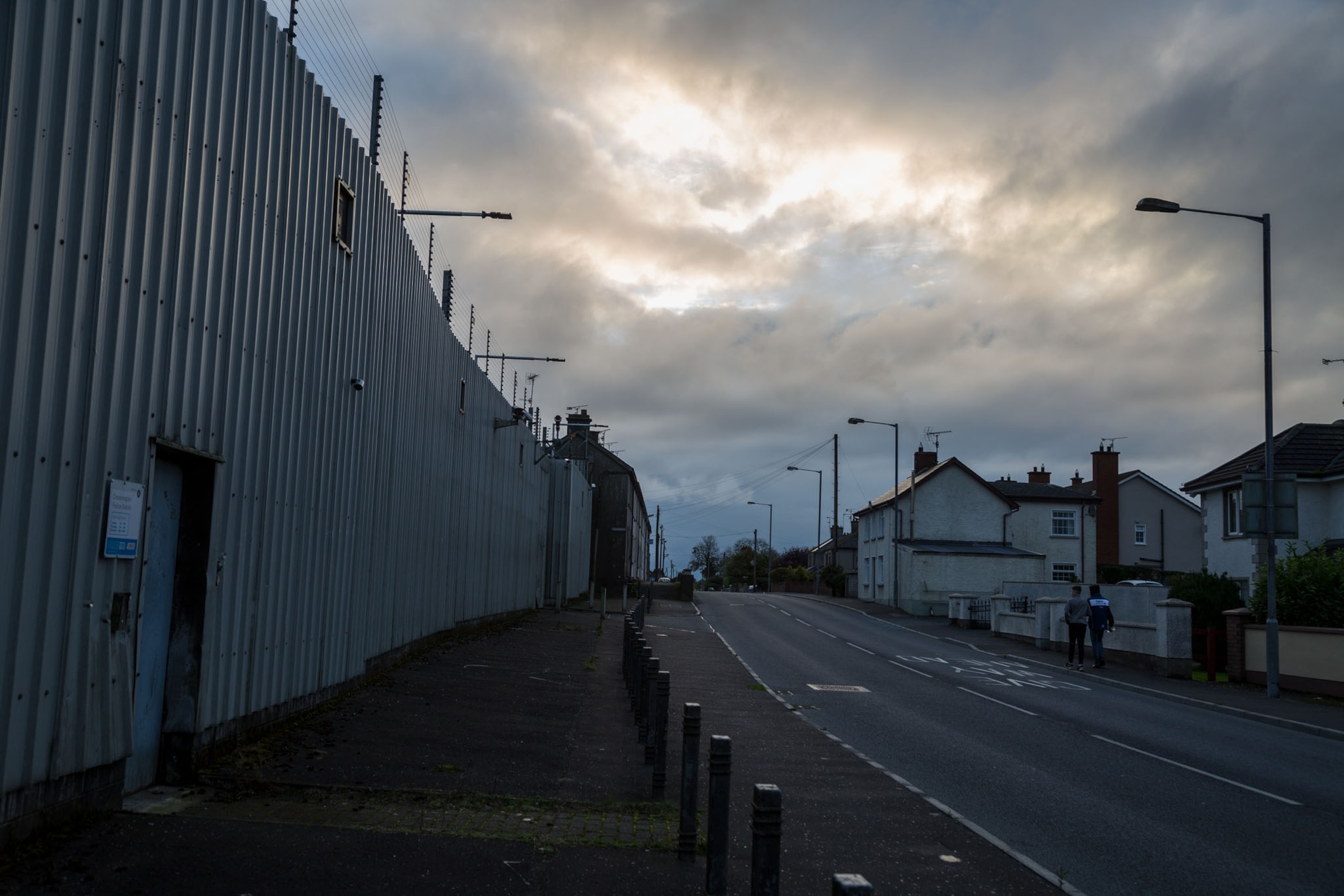
With the United Kingdom and the European Union still negotiating their divorce, the uncertainty of the outcome is shaking Northern Ireland’s fragile social compact. The Good Friday Agreement of 1998 brought an end to 30 years of conflict, but the gulf between Roman Catholic and Protestant communities is still vast. Though Belfast is a lively modern city, it has more than a dozen “peace walls” to separate Catholic and Protestant neighborhoods and prevent sectarian strife. These aren’t just ugly remnants of the past; communities feel safer with them. Social mixing goes on in professional circles, but more than 90 percent of Northern Irish schools are segregated.
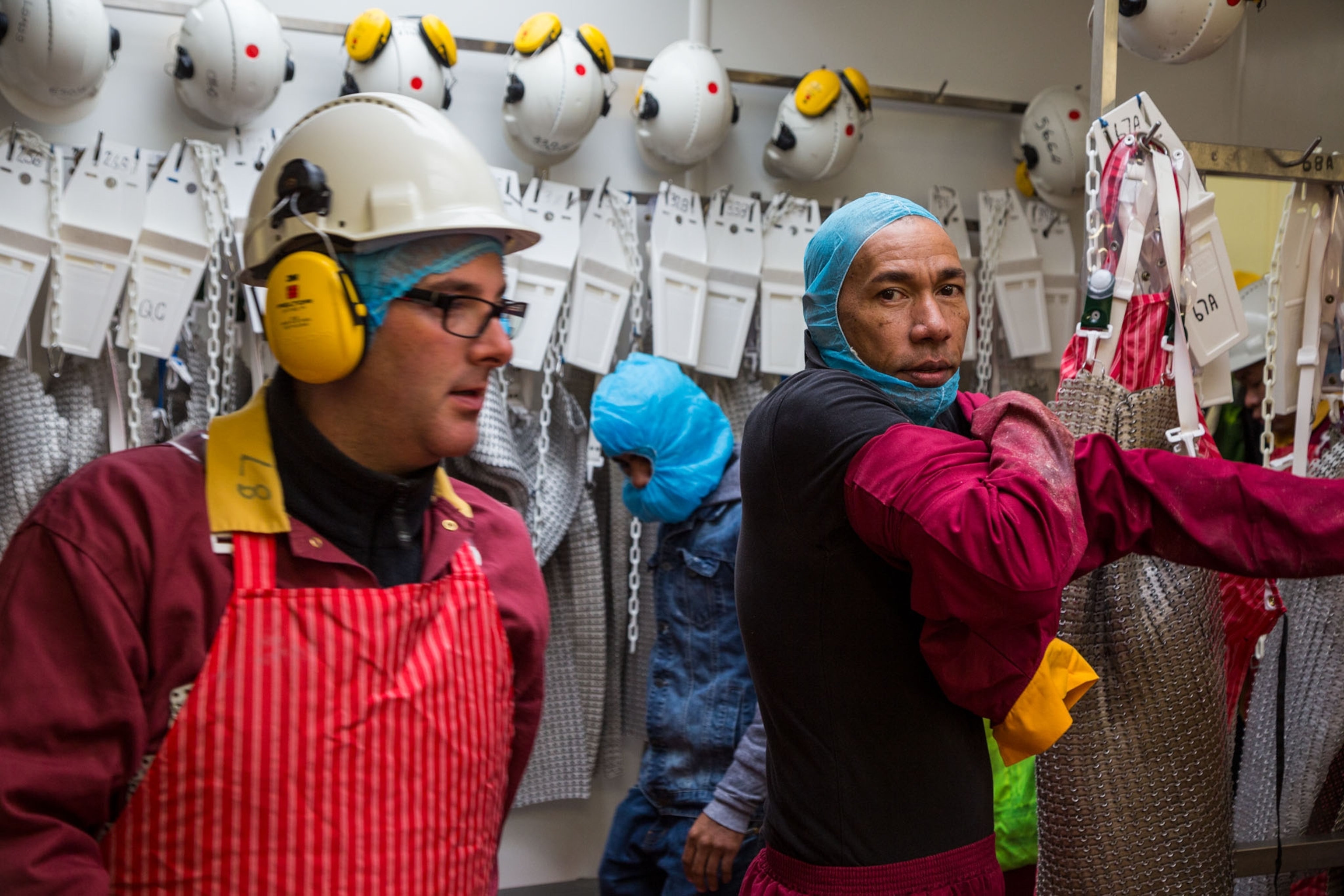
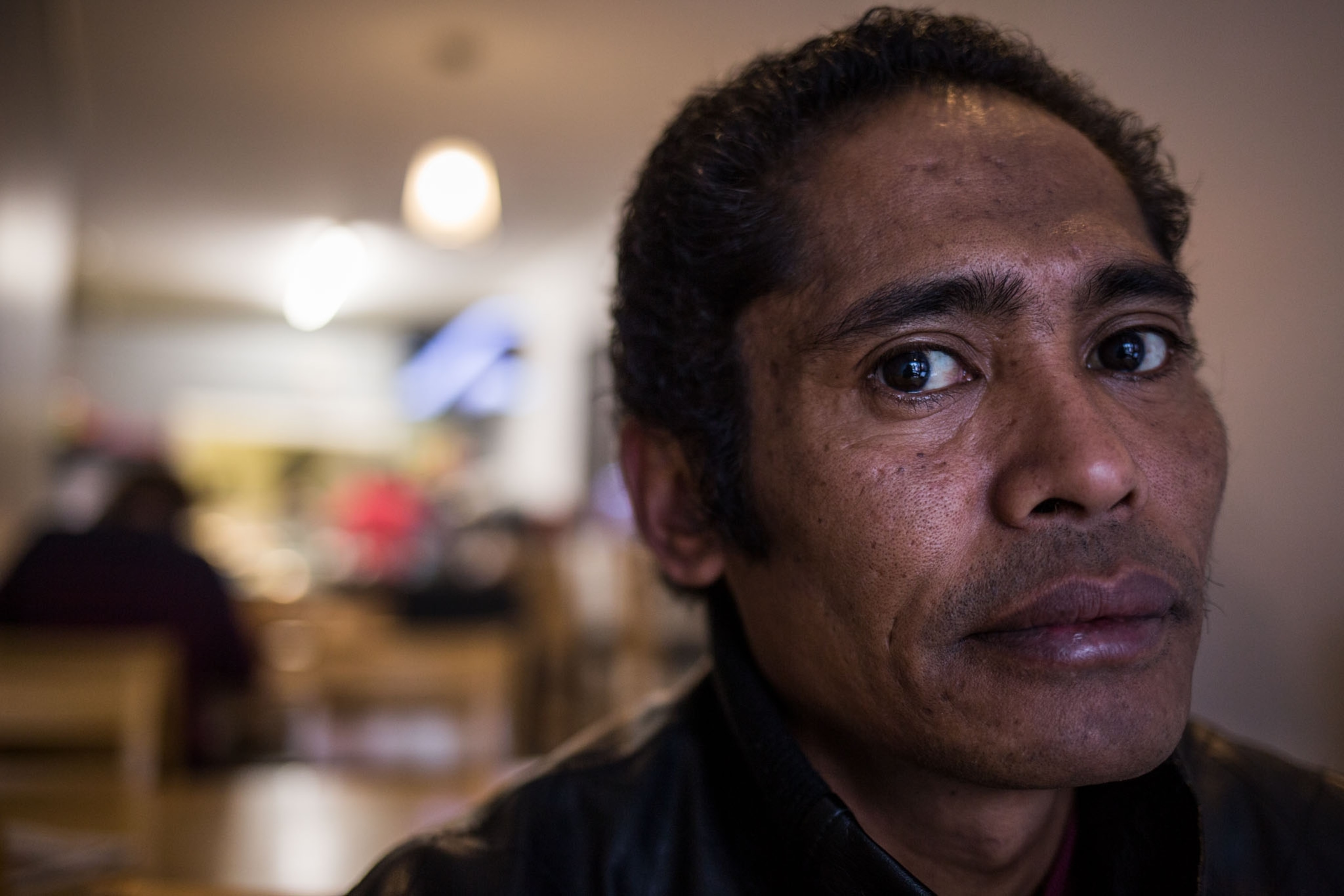
Even casual acquaintances quickly reveal whether they are Protestant or Catholic, not to convey their religious convictions, but to signal a cultural identification with Britain or conversely Ireland. Kerry Fearon, a 36-year-old country-western singer living in Forkhill, is steeped in Irish Catholic culture, studying the Irish language at night and regularly attending church services. Standing on the sidewalk near McCreesh’s variety store, she admits she wouldn’t feel safe in a Protestant neighborhood. She puts aside her qualms, though, when offered a gig at an Orange Order lodge, despite expecting an audience heavy with men pledging fealty to the queen and the Protestant faith. Brushing off her concerns with a smile and a shrug, she says, “I figure both sides like country music.”
Britain has promised that the border will remain open with cross-island commerce unimpeded, but how this would actually work still needs to be ironed out. Northern Ireland is small—six counties only, together just the size of Connecticut—and it has benefited from integration with the Republic of Ireland, made possible by the open border. In a recent book on the economics of Brexit, Irish journalist Terry Connelly details how Irish agribusinesses rely on dairy products originating in Northern Ireland, none more so than the company that produces Bailey’s Irish Cream. To manufacture the famous liqueur, trucks carrying raw milk, cream, whiskey, bottles, and corrugated paper make about 5,000 border crossings a year.
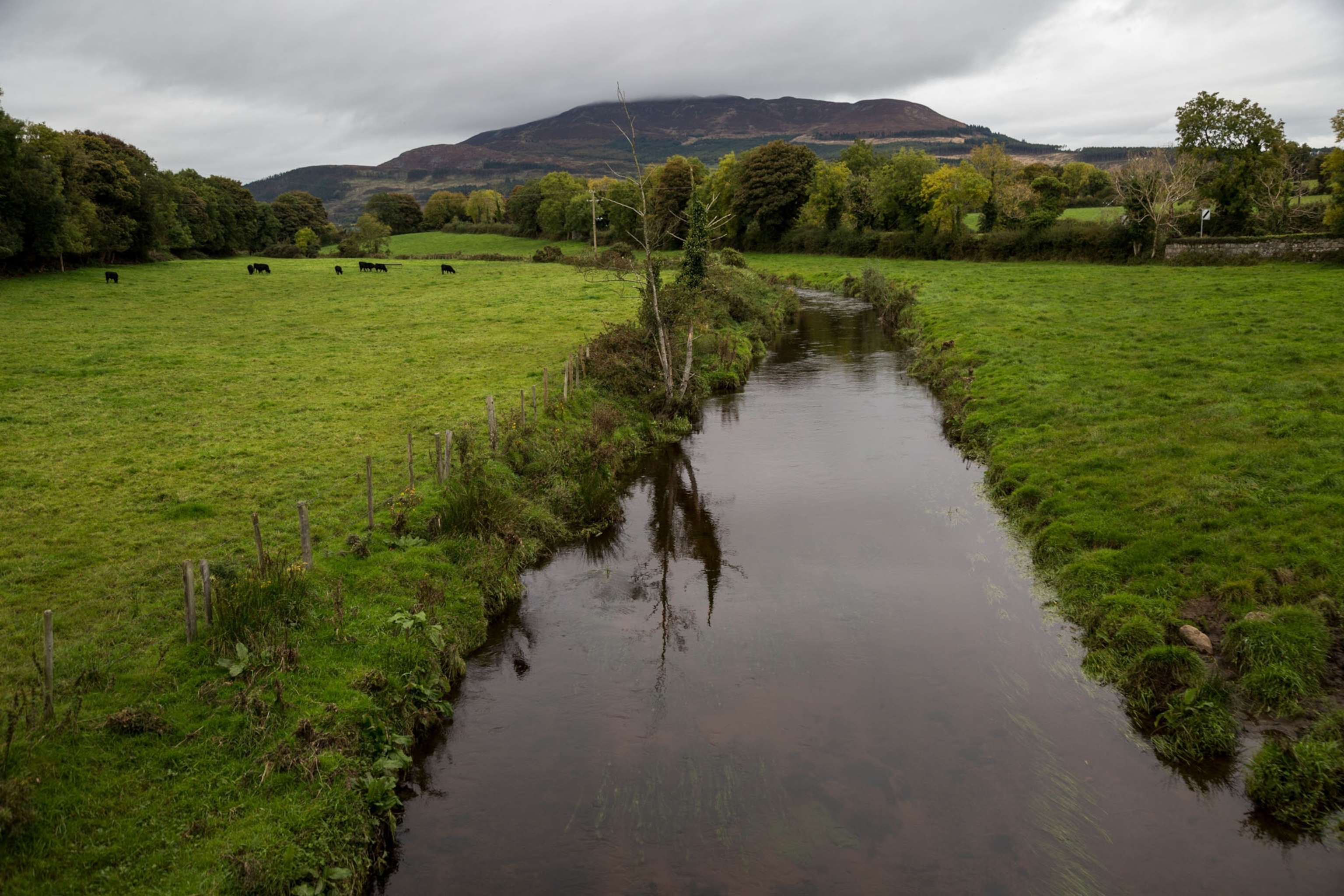
Despite assurances from London, businesses can’t shake their fear of market disruptions and the loss of migrant labor. Foreign workers, many of them raising families in Northern Ireland, are wrestling with whether they should stay or go. “We have seen a 100 percent increase in people looking for permanent residency,” says Bernadette Devlin McAliskey, a co-founder of Step (the South Tyrone Empowerment Program) in the town of Dungannon. As Bernadette Devlin, her crusade in the late 1960s and 1970s was civil rights for Catholics; now it’s the rights of workers from abroad. These include nationals of Poland, Lithuania, and East Timor (traveling as EU citizens because of their status as citizens of a former Portuguese colony) drawn to jobs in meatpacking and engineering. For a working-class family, the application for residency is expensive and time-consuming, so McAliskey advises people to wait and see. “Gather what you can, but don’t panic until we say panic,” she tells them.
You won't find many Catholics visiting the idyllic farming village of Scarva (population 357) on July 13. Here on a 1,250-acre estate 30 miles southwest of Belfast, the Protestant ritual of the “sham fight” is held. Every year, costumed players act out the 1690 Battle of the Boyne, when Protestant King William of Orange defeated the deposed Catholic King James II, ending the reign of Catholic monarchs. It’s like a huge picnic—the crowd was estimated at around 100,000 last summer—and a charity fund-raiser. For some participants it’s a chest-thumping outing with a message: The ascendancy of Protestants in 17th-century Ireland, sealed by that decisive victory, shall endure.
“Mid-Ulster brethren meet here,” says property owner Alfred Buller of the occasion. When Buller’s grandfather bought the land, it came with the stipulation that the July 13 gathering be held on these grounds. The Protestant troops were said to have camped out here, with King William tying his horse to the broad-branched chestnut tree near the entrance of Scarvagh House, Buller’s home. Speaking recently, Buller explained that, for men and women like him who are members of the Royal Black Institution, a Protestant fraternal organization, the event “reaffirms the union with God and queen.” He has concerns about Brexit—“Those are fragile bricks to be moving,” he says of the adjustments it would entail. His blue-sky solution for Northern Ireland would be a special status, like a free zone, where certain taxes or restrictions on business or trade would not apply.
Down the road from Buller’s domain is Sandy Heak’s sheep and beef farm. The Orange Order, a conservative British unionist organization like the Royal Black, lent his grandparents the money to buy the original five acres; Heak now farms 100 acres of his own and leases another 110. As the chairman of last summer’s sham fight, Heak was proud to add activities celebrating the British Isles, like a Lambeg drumming workshop and Highland dancing. He voted for Brexit because he believes that the EU has imposed burdensome regulations on its members and that the U.K.’s agricultural sector will be more successful going it alone. “You are going to have a few cold years,” he admits, but it will be worth it. The father of six, Heak, 39, would feel a great sense of loss were his children’s children to live in a united Ireland. “I do know for certain that if there were to be a united Ireland, there would be a civil war. The paramilitaries would start up again, big time.”
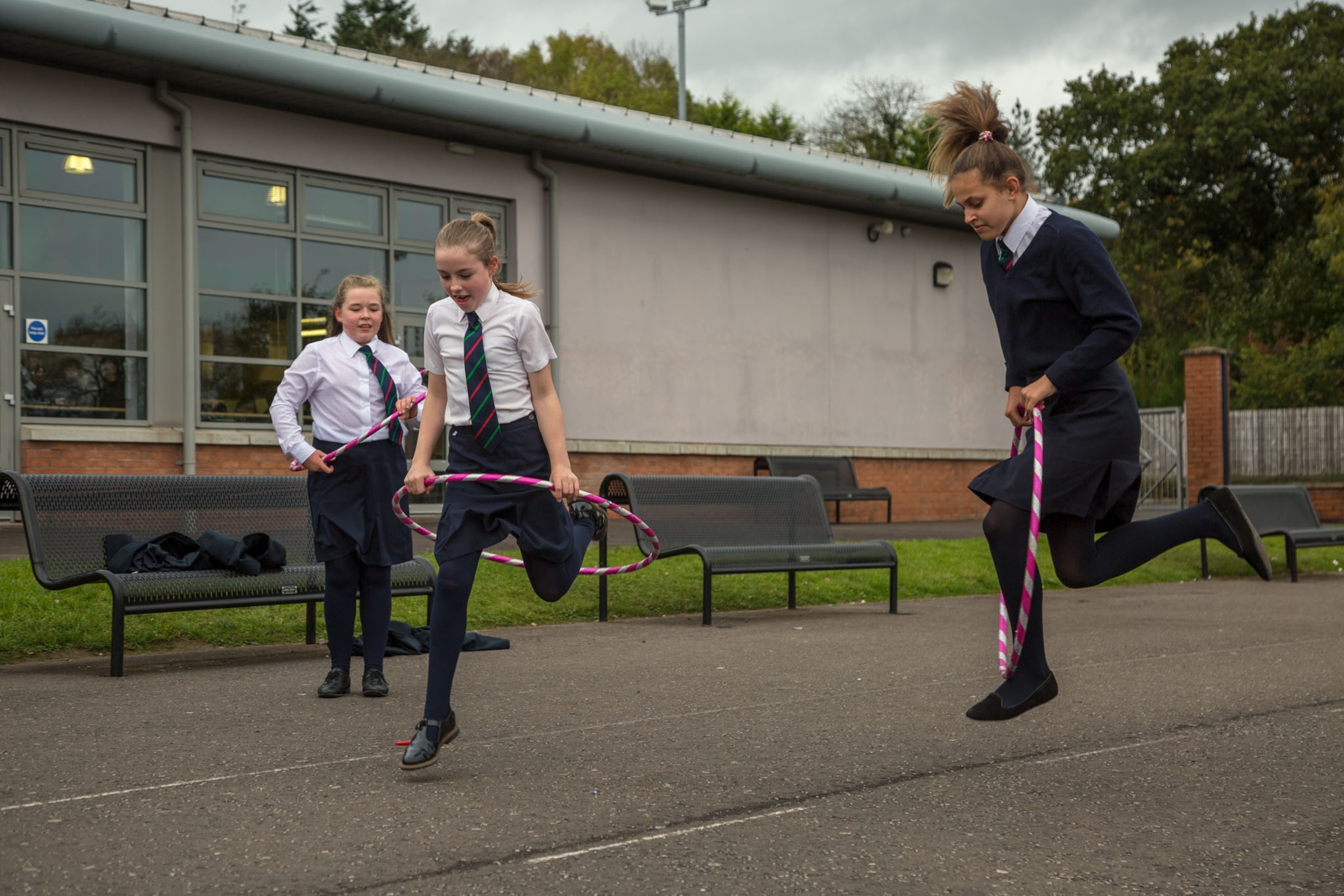
For proponents of a united Ireland, such as the Sinn Fein party, Britain’s divorce from Europe is a ‘’Klondike of political opportunities,” says Martin MacAllister, a former IRA fighter who lives on Lake Ross, around 10 miles south of Forkhill in the republic. As the reasoning goes, Northern Irish voters would be doubly tempted to embrace reunification if it allowed them to stay in Europe. “Sinn Fein’s ultimate objective—and I have no problem with it, but I care how they achieve it—would be to collapse this state to show that it was not viable from day one,” MacAllister says. Many Protestants would vote against joining the republic, but Catholics now have demographics on their side. As of the 2011 census, Protestants no longer make up the majority in Northern Ireland.
MacAllister considers himself an Irish nationalist, but he broke ranks with the IRA in the mid-1970s. “I became totally disillusioned when I was in Long Kesh,” he says, referring to the notorious prison where IRA members were held during the Troubles. “We had 10 Protestant people murdered there by the IRA simply because they were Protestants from South Armagh. That made me sick to the pit of my stomach.” Soon after his denunciation, he was stripped of his IRA membership. But his tangles with the group didn’t stop there. In recent years, he’s publicly drawn attention to IRA racketeers smuggling diesel across the border—and he has paid a steep price. One night at his home, he was brutally beaten, his eye sockets smashed and the bones in his hands fractured. “They knew I play music for a living,” he says, of the malice behind the attack.
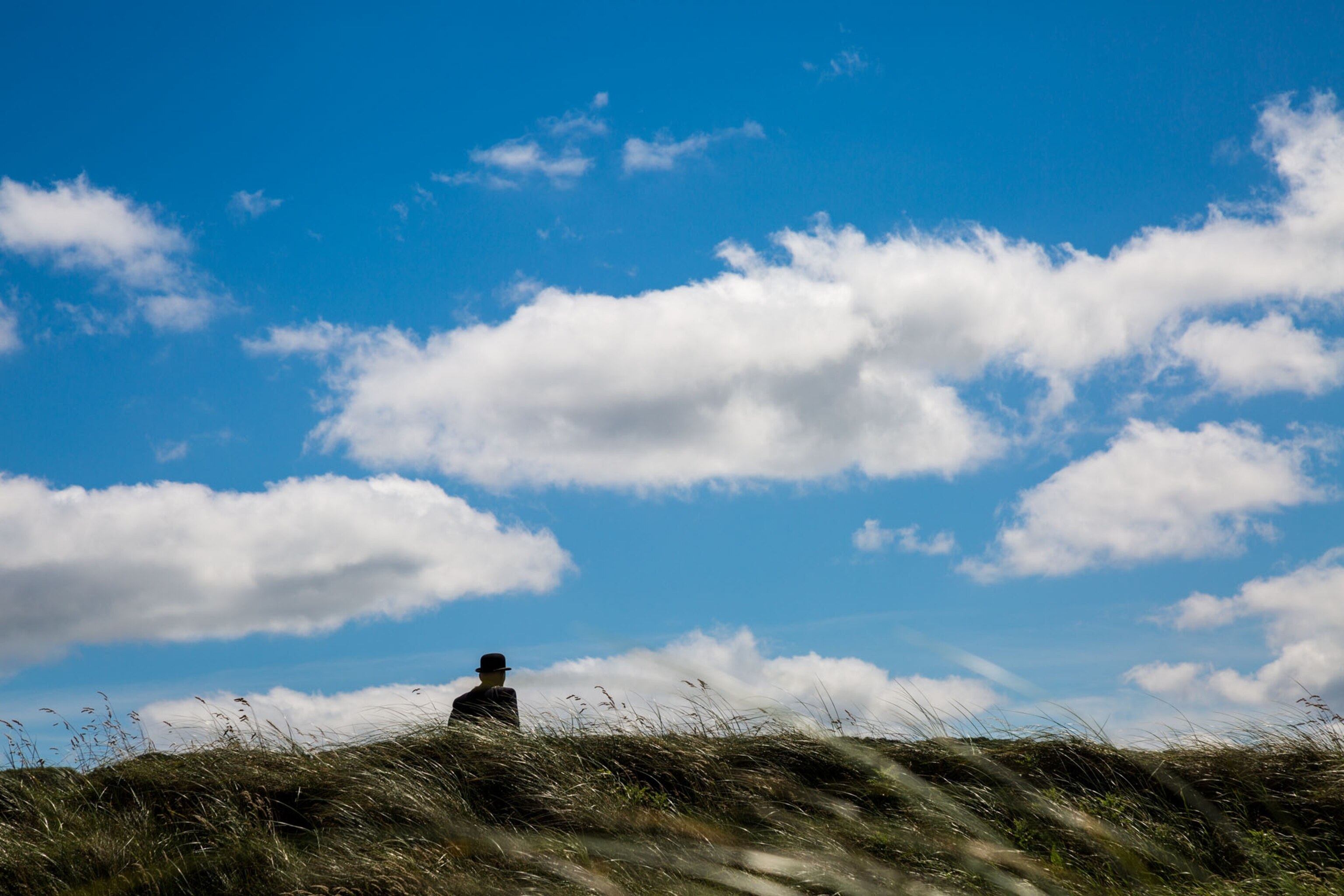
Now 63, MacAllister looks back at the tumultuous near century since the creation of Northern Ireland and says there has been “wrong on both sides.” He supports mainstream politics, “warts and all.” When young people visit him to ask for advice, he delivers a firm message. “Some of them want to join the police force, and I say, ‘Go ahead, but make sure you are aware that you are living in an area where that might be frowned upon.’’’ When they profess interest in the IRA, he feels them out, tries to understand their motivation. “But ultimately I’d be saying to them, don’t do that. There is a much simpler way. Slower way, maybe, but a better way.”
